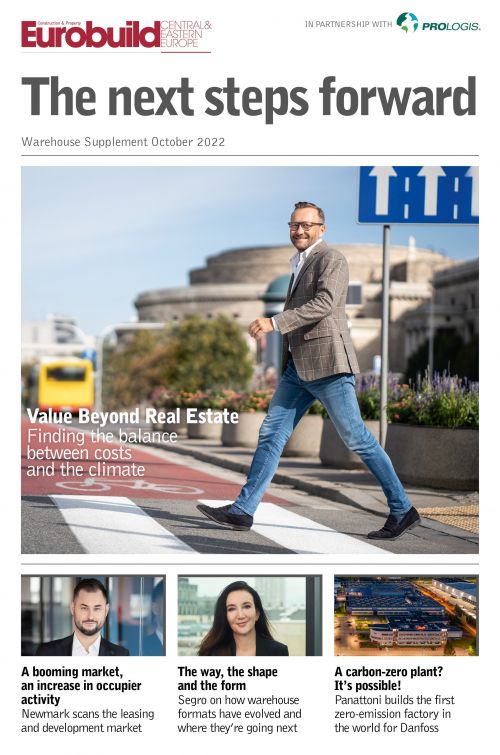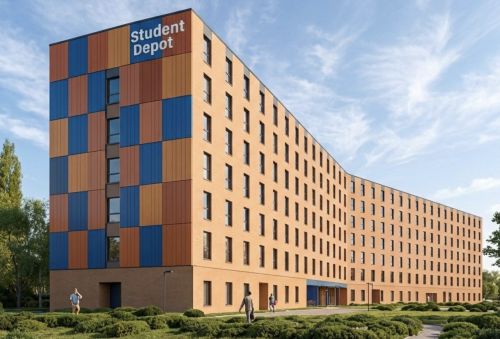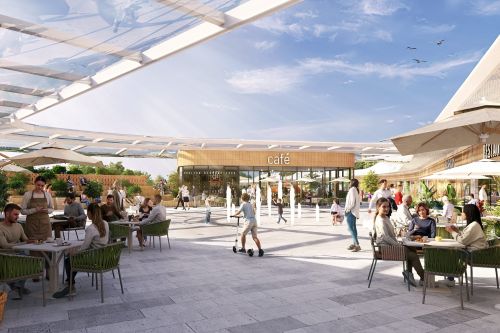‘Eurobuild CEE’: Tenants have for several months been wondering whether there is any end in sight to the current rental growth. How has the current economic situation in Poland and Europe been impacting the Polish industrial market?
Jakub Kurek, Newmark Polska: The market situation is very dynamic, with a number of factors at play – including rising inflation as well as the prices of building materials and construction services. Virtually all materials, such as steel, timber and gravel, have gone up in price over the last year or so. There are also problems with the supply of some materials from countries to the east of Poland, such as gravel from Belarus and steel from Ukraine. Supply chains have been disrupted again – this time, for building materials. And on top of all that, at the beginning of the second quarter there was another quite sharp rise in the prices of some materials, which went up by another 20 pct between March and June. For example, suppliers
























































